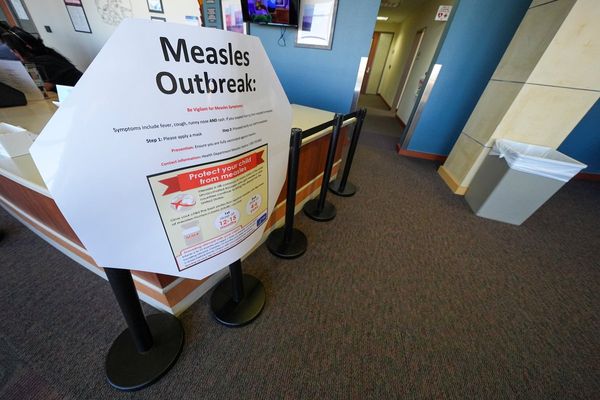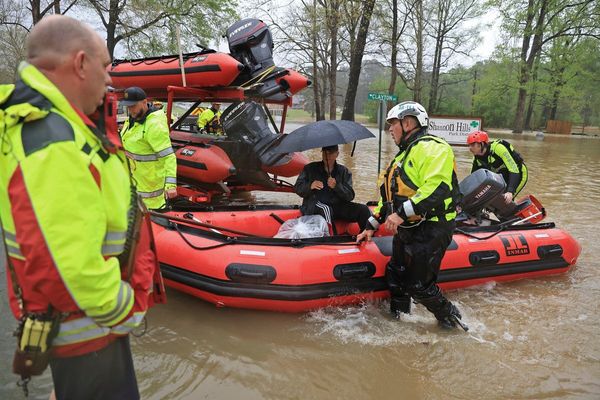
New Delhi: When a farmer from Rajasthan ended his life at Delhi’s Jantar Mantar during a protest against the land acquisition bill in April, prime-time television immediately launched into blame game. The problems faced by the farmers became the backdrop.
But such occasions are rare.
The problems of India’s farm sector and allied occupations, on which 60% of world’s second-most populous nation depends, are rarely the focal point of television news or debates.
DD Kisan, a 24x7 channel launched by the state broadcaster Doordarshan (DD) on 26 May was meant to change this.
A month on, it is proving to be a sort of game changer in attracting rural audience. It’s very likely to earn many times more than the government investment into it, and it’s only a matter of time before the private channels follow suit, say top executives at the channel.
The steady stream of calls from farmers across the country on the channel’s live evening show, Hello Kisan, is a testimony to this. On 23 June, the topic of discussion was crop insurance and farm credit. Guided by an anchor, two experts—an insurer and a rural banker—addressed farmers’ queries ranging from rates of insurance premium to how much loan a dairy farmer can get from a bank.
A disgruntled farmer from Rajasthan asked, “My premiums get deducted, but why don’t I ever get paid or even have a paper showing that my crop is insured?”
Not just Hello Kisan, the channel has lined up an array of such programmes.
A show called Mandi Khabar (news from the market) not only informs farmers of wholesale crop prices, but also on arrival and demand in markets. This is crucial information: a farmer will know, before taking his produce to the market that the price of, say, tomatoes is plunging in the nearest mandi due to large arrivals.
The weather news, Mausam Khabar, gives not only weather updates, but also advisories tailored for different agro-climatic regions of the country. Farmers are informed about the rain and about when they should prepare their fields or start sowing, and even the crop varieties they can pick.
A weekly debate called Vichar Vimarsh and a daily debate, Vad Samvad, discusses topical rural issues while a show call Choupal Charcha informs rural folk about the government schemes—from sanitation to rural electrification.
The day begins with a show named Jeevan Darshan on religion and philosophy and ends with fictionalized serials that have social messages thrown in.
Technical information regarding agriculture can be daunting, and to overcome this, DD Kisan has partnered scientific bodies, such as Indian Council of Agricultural Research (ICAR) and the India Meteorological Department (IMD). “We went for several workshops at the ICAR campus, and I had no idea there was such a large farmland in the heart of Delhi,” said a young production executive with the channel. “In the beginning, I used to think where have I landed with all this talk of farming, but, a few days ago, when a farmer called from central India and said he saved his crop with our weather alerts, I felt happy.”
“DD Kisan is not a news channel but a science channel for farmers, and only we know the efforts that went into training a fresh set of people in the nuances of agriculture science and technology,” says Naresh Sirohi, advisor and government representative to the channel, who is also vice-president of the Bharatiya Janata Party’s (BJP) farmers’ wing, Kisan Morcha.
The target audience is not just farmers, but also rural craftsmen and small businesses. In a month, DD Kisan has become the second-most popular channel, after DD National, among the 23 channels of Doordarshan, claims Sirohi. Mint could not independently verify this claim but numbers shared by TAM Media Research shows that the weekly reach of DD Kisan shot up from 685,000 in its first week to more than five million in the fourth week (14-20 June). This means over five million people watched the channel for at least a minute or more. In a country with more than 140 million farm households, this seems to be an impressive beginning.
“This channel is going to earn money for the government. We are targeting between Rs.200 core and Rs.250 crore in annual advertising revenue within the next 2-3 years,” said Sirohi.
That’s about three times the money put into the channel (Rs.26 crore in 2014-15 and Rs.45 crore in 2015-16) by the National Democratic Alliance (NDA) government, which proposed setting up the channel in July 2014.
Sirohi said that private players might follow suit and launch their own versions.
The channel will open a window of information connecting the local farmer to the global markets, Prime Minister Narendra Modi said while launching the channel on 26 May. “It will be a platform for the administration and the government to connect with farmers on a daily basis,” he had said.
Importantly, for an informed debate, DD Kisan accommodates opposing viewpoints. On a live debate on minimum support prices on 22 June, almost all participants, from experts to senior journalists and farmer leaders, criticized the government on crop support prices that did not keep pace with rising costs of cultivation.
But there are challenges too for the channel. Language is one of them. All programming is in Hindi, said G.V. Ramanjaneyulu, director of Centre for Sustainable Agriculture in Hyderabad and former scientist with ICAR.
Ramanjaneyulu works with farmers in the southern states, where many people do not follow Hindi.
DD Kisan is charting a way out. “In the next phase, we will translate content from DD Kisan into regional languages, which regional DD channels can play,” said Sirohi.
For a month-old channel, the viewership numbers are encouraging, but how regularly are farmers watching DD Kisan?
Mint spoke to farmers’ groups in Madhya Pradesh, Uttar Pradesh and Telangana. While most were aware that the channel is on air, and that the content is engaging, a few said they were watching it regularly.
Many pointed to the obvious difficulties: small farmers, for instance, don’t have a television set at home and, when they do, power supply is erratic.
“I sat with a group of farmers and they were very excited to watch a detailed and timely show on scientific ways of rice farming,” said Janardan Tripathi from Banda in the drought-prone region of Bundelkhand in Uttar Pradesh. “Ever since they have been asking me if and when there will be a show on organic farming of rice and what government schemes are available for this.”
“The channel is a good source of information but finer technical details (like how much pesticide to dissolve in how much water) is difficult to follow for an illiterate farmer. An enterprising (progressive) farmer is more likely to use such information and try out new technologies,” said Sunil Jain, a farmer and agricultural extension worker from Vidisha, Madhya Pradesh.
Shows on improved crop varieties and ways to conserve water will be of much help to farmers, but, overall, the channel is removed from the reality, said Gajendra Singh, a farmer from Mathura in Uttar Pradesh and district secretary of the Bharatiya Kisan Union. “Farmers are heavily indebted, many died of shock or committed suicide due to weather-related crop loss in the past months, but there is no reflection of their hardships in the channel,” he said.
Whether or not the channel reflects the farm distress, a more critical aspect is whether it will bridge the information gap for Indian farmers—the objective it was set up with.
In India, over 59% of farm households do not have access to modern technology or technical advice, showed a situation assessment survey released by the National Sample Survey Office in December 2014.
Of the 41% who had access to technology and information related to agriculture (in 2013), 20% households depended on “other progressive farmers” and another 19.6% on radio, newspaper, TV and Internet. Barely 10% farm households reported sourcing information from the state extension services such as extension officers, Krishi Vigyan Kendras or agricultural universities.
Of late, the focus of the government extension services has shifted from physical delivery to the information and communications technology (ICT)-based services, such as Kisan call centres and mobile-based messaging services such as m-Kisan.
DD Kisan is the latest addition to this ICT basket but it is yet to prove a point: whether new farm technology seen on television will be translated into practice.







